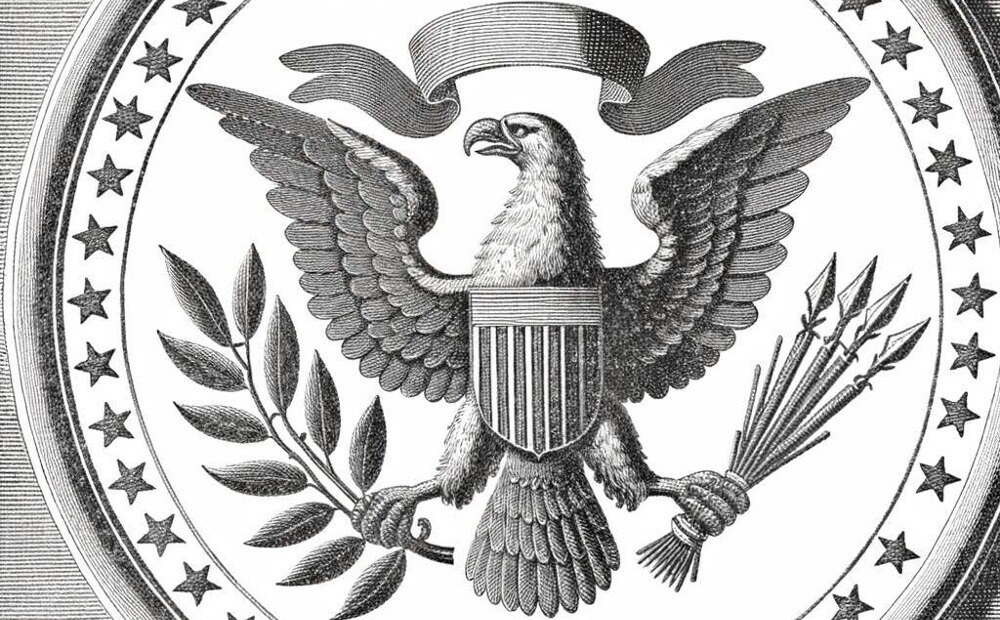When Congress returns to Washington on September 9, lawmakers will have less than three weeks to fund the government (and consider any other pre-election pending legislation). Plus, Representatives and Senators will be focused on the November 5 election, when partisan control of the House, Senate, and Presidency are all in play. So, most Washington insiders believe that Congress will punt on most, if not all, major decisions, leading to a fraught post-election lame-duck session.
It is likely that government funding for October 1, the start of the government’s Fiscal Year (FY) 2025, will be done via a continuing resolution (CR). The CR will probably simply continue FY 2024 funding levels, with few, if any, policy changes. The biggest question is how long the CR will last. Right now, it appears that lawmakers will agree to continue current funding and policy until sometime in December. At that point, with the results of the November elections known, lawmakers will determine whether they can enact government funding for the rest of FY 2025 or if, instead, they will pass another CR to extend temporary funding until the new 119th Congress takes over in January 2025.
Although the above result is likely, there is risk of other outcomes—e.g., a government shut-down if lawmakers cannot find an agreement on funding going forward, or an unexpected consensus emerging for a “permanent” (i.e., for all of FY 2025) funding package.
Beyond funding the federal government, there are a number of other key issues likely to be in play during the lame-duck session and influenced by the results of the November elections. They include:
- The debt limit, currently suspended, kicks back in early in 2025—Congress will either have to raise it or suspend it again to avoid the U.S. being unable to pay all its bills on time. The potential for the U.S. hitting the debt limit and consequently being unable to pay all its obligations on time is something most economists consider a grave, worldwide, catastrophic risk.
- Enactment of the House-passed tax bill, HR 7024, is a possibility during the November-December lame-duck session.
- Passage of a slew of Congressional Review Act (CRA) motions to block various controversial Biden Administration rules—among the possible CRA motions are those that would block the Department of Labor’s (DOL’s) fiduciary rule, overtime rule, and worker classification rule; and the Centers for Medicare and Medicaid Services’ (CMS's) rule regarding payment of advisors working with clients on health insurance issues.
Prospects: It is highly likely that by the end of September, Congress will pass a short-term CR to take effect at the start of the next fiscal year, October 1. After that, though, prospects for full FY 2025 funding (and any add-on legislation) will be heavily influenced by the outcome of the November 5 elections. Whether one party (either one) in 2025 will be in control of the government, or whether it will be divided government (i.e., one party will control the Presidency and one of the two chambers, or both chambers of Congress but not the Presidency), will dictate strategy on what kind of government funding (and other) legislation can be enacted.
NAIFA Staff Contacts: Diane Boyle – Senior Vice President – Government Relations, at dboyle@naifa.org; or Jayne Fitzgerald – Director – Government Relations, at jfitzgerald@naifa.org; or Michael Hedge – Senior Director – Government Relations, at mhedge@naifa.org.






.png?width=600&height=90&name=Support%20IFAPAC%20%20(600%20%C3%97%2090%20px).png)
